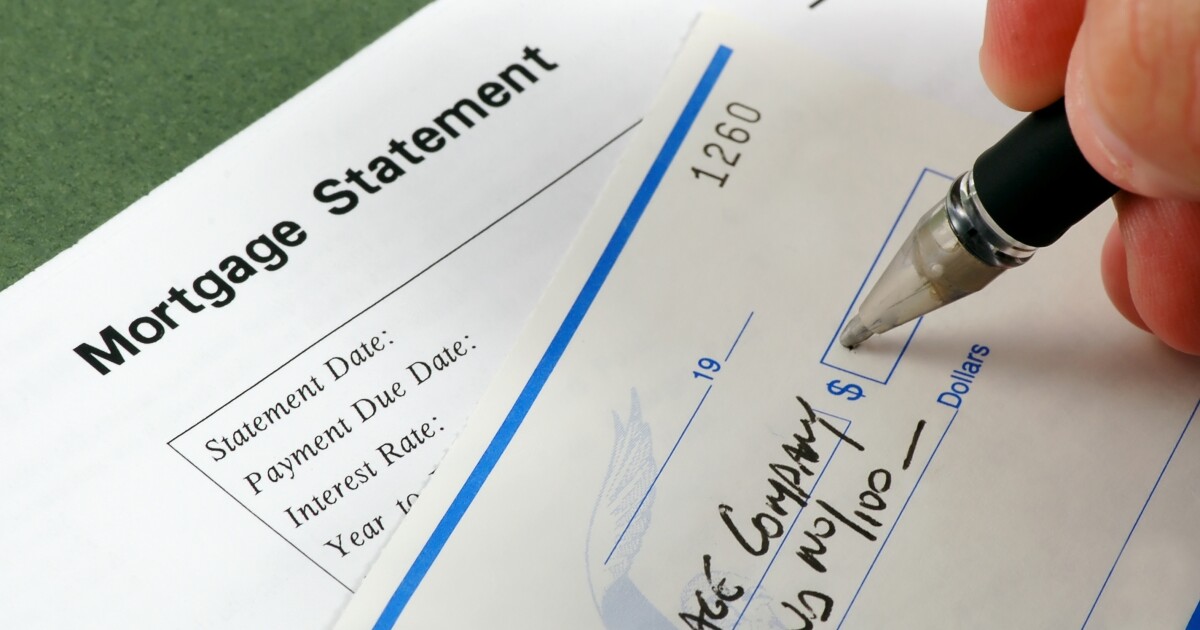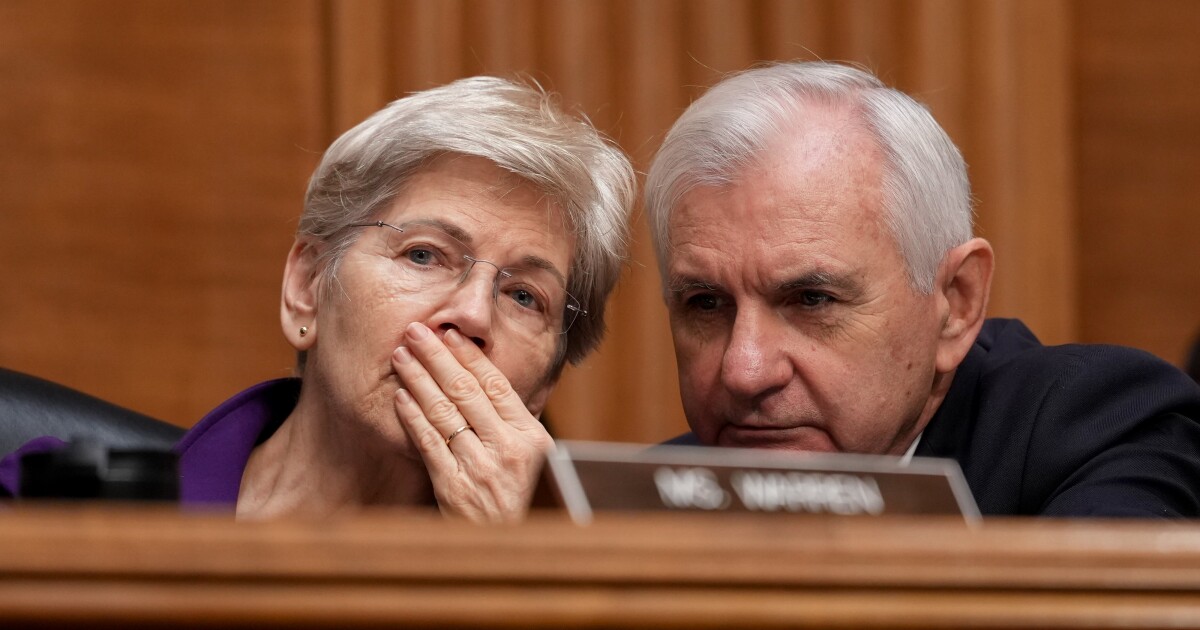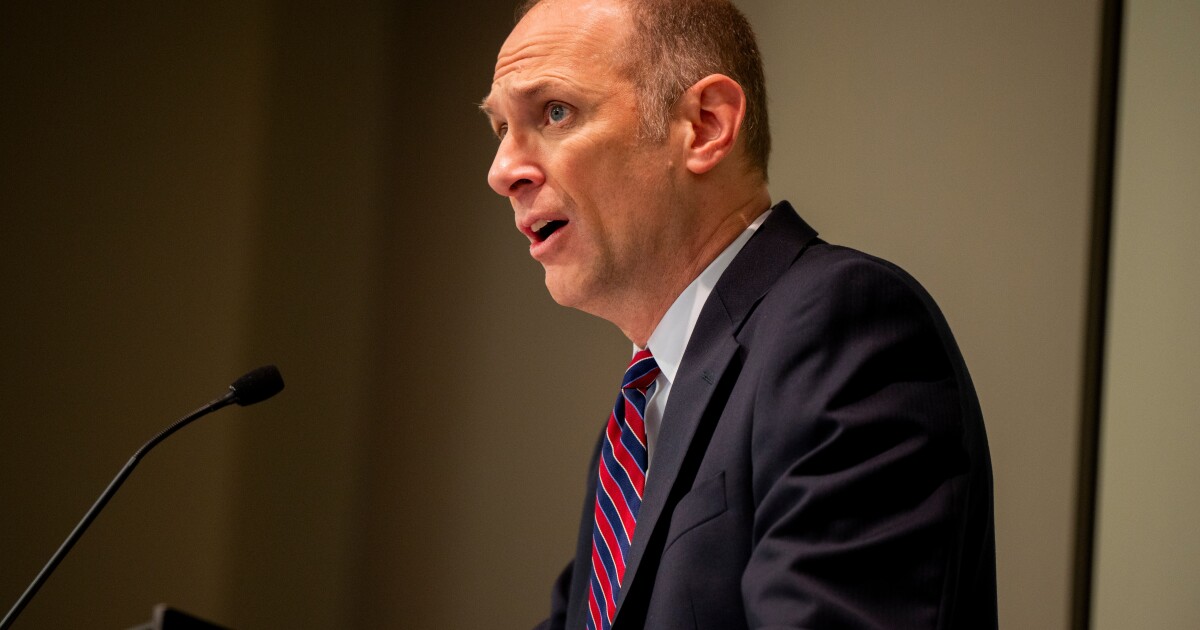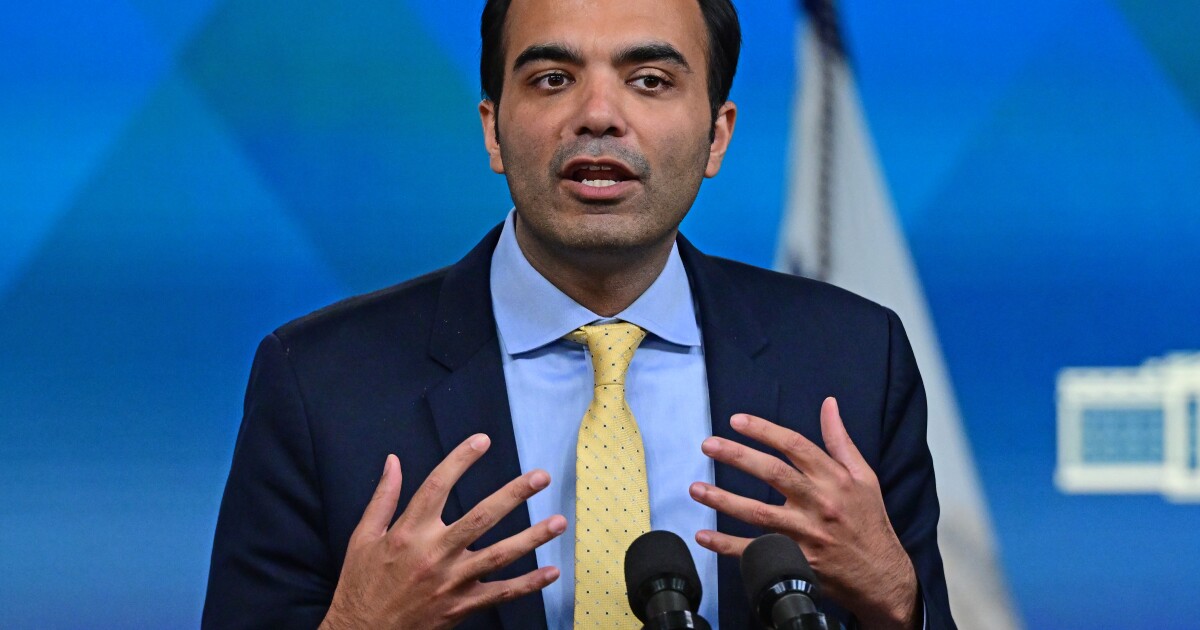
Home affordability decreased at the start of the fourth quarter, with monthly payments up 2% in October, according to the Mortgage Bankers Association.
The median monthly payment for new home loan applications climbed up to $2,199, taking its biggest leap since May and only the second uptick in the last five months. The median amount increased from $2,155 in September, while on a year-over-year basis, it shot up in 9.3% from $2,012.
Contributing to the rise were steeply accelerating mortgage rates, which hit their highest mark since 2000 during the month, briefly flirting with the 8% threshold. Between September and October, the 30-year conforming rate increased 69 basis points over seven weeks hitting as high as 7.9% among MBA member lenders. In November, though, the conforming average started a noticeable reversal and came in at 7.37% at the end of Thanksgiving week, a statistic which will factor into that month's affordability data.
"Homebuyer affordability conditions declined further in October, with the jump in mortgage rates during the month dissuading would-be buyers from entering the housing market," said Edward Seiler, MBA's associate vice president, housing economics and executive director, Research Institute for Housing America, in a press release.
Buyers, though, are likely to see the challenging housing market persist for a few more months despite the downward rate trend, with limited inventory keeping prices elevated. But available supply has also displayed small signs of recent upticks with a greater number of listings coming to market.
"MBA expects affordability conditions to remain challenging to close out 2023 before a slight improvement by early next year," Seiler added.
The MBA's national Purchase Applications Payment Index, or PAPI, increased to a reading of 175.9 in October from 173.8 in September, with a higher score indicative of decreased affordability. The association factors in interest rates, housing costs and income levels to determine the index. Higher earnings over the past 12 months brought the PAPI higher by 5.3% despite the steep increase in payments. October's reading is15 points below the all-time high, recorded this May.
Borrowers across all loan segments ran into decreased affordability on both a monthly and yearly basis, no matter the type of home purchased nor race of the applicant. Borrowers of newly built homes saw their payments rise to $2,672 from $2,640 month over month in October. The new-home market has garnered greater interest in 2023 with the limited amount of existing inventory.
For conventional loan applicants, the median payment rose 1.8% to $2,208 from $2,180 in September. Compared to 12 months earlier, the amount was 7.9% higher when it hit $2,047.
Meanwhile, borrowers of Federal Housing Administration-backed mortgages saw the median increase to $1,955 in October, up 1.8% from September's $1,920 and 17.3% from $1,666 a year earlier.
Affordability decreased among Black households, with their PAPI up 1.2% to a reading of 176.9 from 174.8 in September. The index score among Hispanic borrowers took a similar-sized climb up to 163.9 from 161.9.
White households had a payments index score of 178.4 in October, also up 1.2% from 176.2 a month earlier.
States with the highest PAPI readings, or least affordability were concentrated in the West, led by Nevada, Idaho, Arizona and California. Florida rounded out the "top" five.



